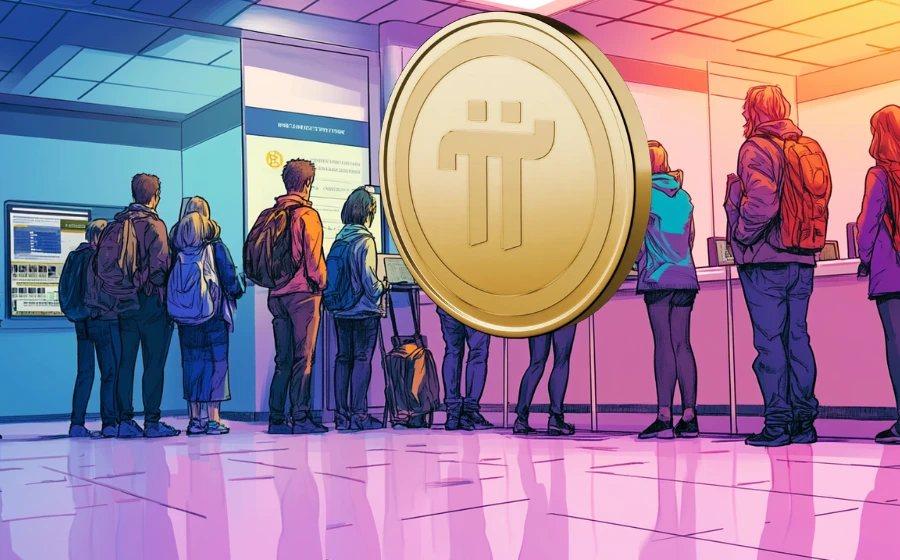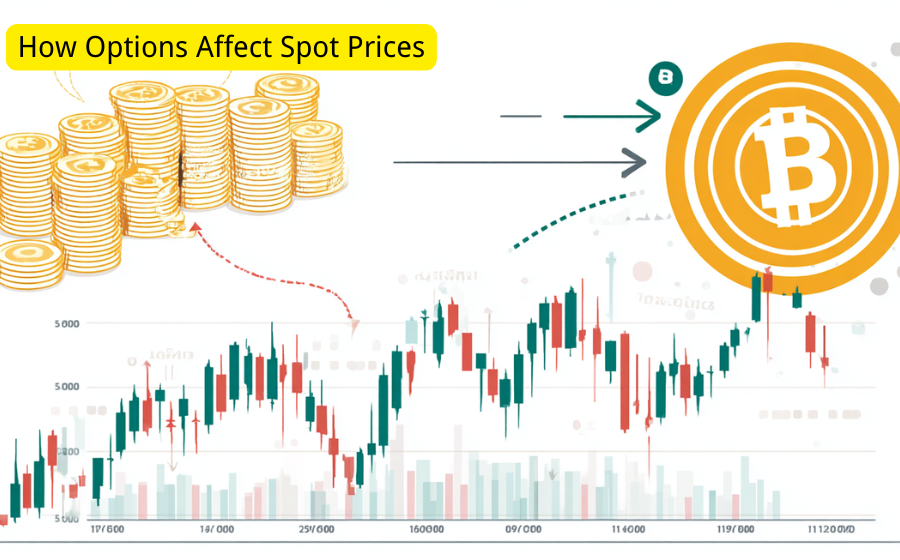
KEYTAKEAWAYS
-
Different Foundations, Different Fates: Terra’s UST relied on faith and internal mint-burn mechanics, while Ethena’s USDe is built on real collateral and delta-neutral hedging—making its recovery possible where LUNA collapsed.
-
Crisis as Proof: During the 2025 market crash, USDe briefly lost its peg but quickly recovered through transparent communication, live redemption, and arbitrage—proving its model resilient under stress.
-
From Belief to Math: The fall of LUNA ended the era of “algorithmic faith.” USDe’s survival signals a new phase where stablecoins are judged not by promise, but by transparency, collateral, and risk control.

CONTENT

THE NIGHT OF FEAR REPLAYED
That night, the crypto market felt like déjà vu. On October 11, 2025 (UTC), a wave of panic swept across global markets after a new round of U.S. tariffs triggered mass liquidations. Bitcoin plunged from $120,000, ETH fell below $4,200, and billions in leverage evaporated within hours. In the chaos, one name flashed across trading screens—USDe, the so-called “next-generation stablecoin.” Its price briefly dropped to $0.65.
For a moment, the entire industry froze. “Is this another LUNA?” traders whispered.
But the story didn’t repeat itself. Within hours, USDe climbed back to $1. The system didn’t halt. No mint-burn spiral, no chain shutdown, no death loop. Arbitrageurs stepped in, liquidity returned, and confidence slowly rebuilt. Three years earlier, Terra’s UST had fallen just as fast—and never came back. This time, the ending was different.
THE COLLAPSE OF ALGORITHMIC FAITH
LUNA’s story was a mirage disguised as innovation. During the bull run of 2021, Anchor Protocol’s 20% yield drew investors like moths to a flame. Many believed UST was DeFi’s “decentralized dollar,” and Do Kwon, its founder, became a cult hero fighting the fiat world. The algorithm looked elegant: when UST traded above $1, users burned LUNA to mint UST; when it fell below $1, they burned UST to redeem LUNA. Supply and demand, in theory, would stay balanced forever.
But the entire design depended on one fragile assumption—confidence would never break.
In May 2022, that illusion shattered. Liquidity drained from Curve pools, UST slipped below its peg, and panic selling began. The system minted massive amounts of LUNA to redeem UST, flooding the market and crushing LUNA’s price. As it fell, redemptions minted even more LUNA, triggering a hyper-inflationary death spiral. Within days, LUNA crashed from $80 to mere cents, UST to $0.05. The chain halted twice, reserves were emptied, and Do Kwon’s infamous tweet—“steady lads”—became the symbol of blind faith.
Terraform Labs eventually abandoned UST, creating a new chain and leaving the old one to die. The collapse wiped out tens of billions in value and marked the end of the algorithmic stablecoin dream.
USDE’S LESSON IN “RATIONAL STABILITY”
Three years later, Ethena Labs entered the scene with USDe. Many were skeptical. A stablecoin backed by derivatives sounded dangerously close to Terra’s model. But under the surface, the logic was entirely different.
USDe doesn’t rely on an internal token for value. Instead, it uses real collateral and hedging to maintain a “delta-neutral” synthetic dollar. Ethena holds spot assets like ETH and BTC as collateral, while taking equal short positions in perpetual futures markets. When crypto prices fall, short positions profit and offset losses; when prices rise, collateral gains balance out the hedge. The result is a stable dollar-equivalent portfolio that resists market swings.
Each USDe is over-collateralized and fully backed. The assets are held through regulated custodians, and only approved market makers can mint or redeem—preventing panic redemptions. It’s less an algorithmic experiment and more a piece of financial engineering—a blockchain-based bond, where the yield comes from real funding rates, not circular incentives.
But stability is never permanent. The October 2025 crash became its ultimate test. As Binance’s systems lagged and traders failed to hedge, USDe’s market price suddenly dropped below $0.70. “Here comes LUNA 2.0,” the headlines screamed. Yet Ethena’s response was calm: no freeze, no emergency patch, no denial. Just one statement—“USDe remains over-collateralized and fully operational.”
Arbitrageurs moved in. They bought cheap USDe on Binance, redeemed it for collateral, and pocketed the spread. Within hours, the price returned to $1. Ironically, Ethena’s short positions had gained during the crash, increasing reserves instead of depleting them. When the dust settled, USDe wasn’t broken—it was battle-tested.
AFTER THE ALGORITHM DREAM ENDED
USDe’s survival wasn’t luck. It was evolution. After Terra’s implosion, “algorithmic stablecoin” became a dirty word. Regulators cracked down, investors got smarter, and the market learned that yield without backing is fantasy. Ethena emerged in that aftermath—a protocol that combined decentralization with discipline. It understood one truth: without collateral, there’s no trust; without hedging, there’s no stability.
That’s why, when panic struck again, USDe stood firm—with transparency, collateral proof, and measured communication instead of blind faith. Terra’s legacy was a warning: conviction cannot replace risk control. A stablecoin that prints value from nothing will eventually be consumed by its own algorithm.
Today, USDe’s future remains uncertain—regulators are watching, liquidity shifts fast, and market stress can return at any time. But one thing is clear: it proved that stability doesn’t come from belief; it comes from math, transparency, and real collateral.
The ghost of Terra may finally fade, and in its place, USDe stands as the quiet beginning of a new chapter—where stablecoins earn their name not by promise, but by proof.















